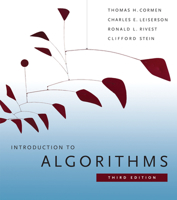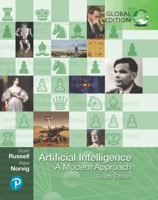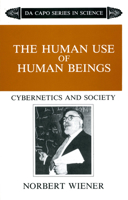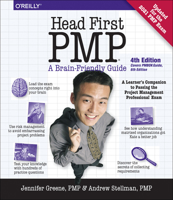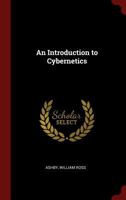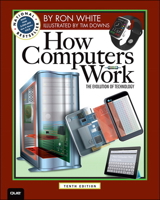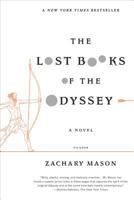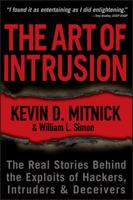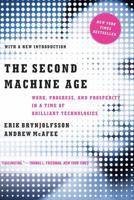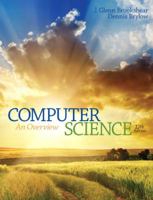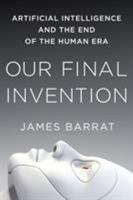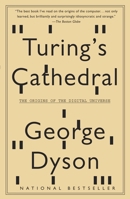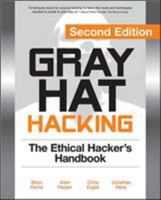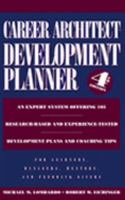Introduction to Linear Goal Programming (Quantitative Applications in the Social Sciences)
Select Format
Select Condition 
Book Overview
Provides a concise and lucid overview of the linear goal programming model, a computationally efficient algorithm for solution, duality and sensitivity analysis, and extensions of the methodology to integer as well as nonlinear models.
Format:Paperback
Language:English
ISBN:0818677163
ISBN13:9780818677168
Release Date:October 1997
Publisher:Wiley-IEEE Computer Society PR
Length:345 Pages
Weight:2.02 lbs.
Dimensions:0.8" x 7.5" x 9.3"
You Might Also Enjoy
Customer Reviews
4 customer ratings | 4 reviews
There are currently no reviews. Be the first to review this work.












